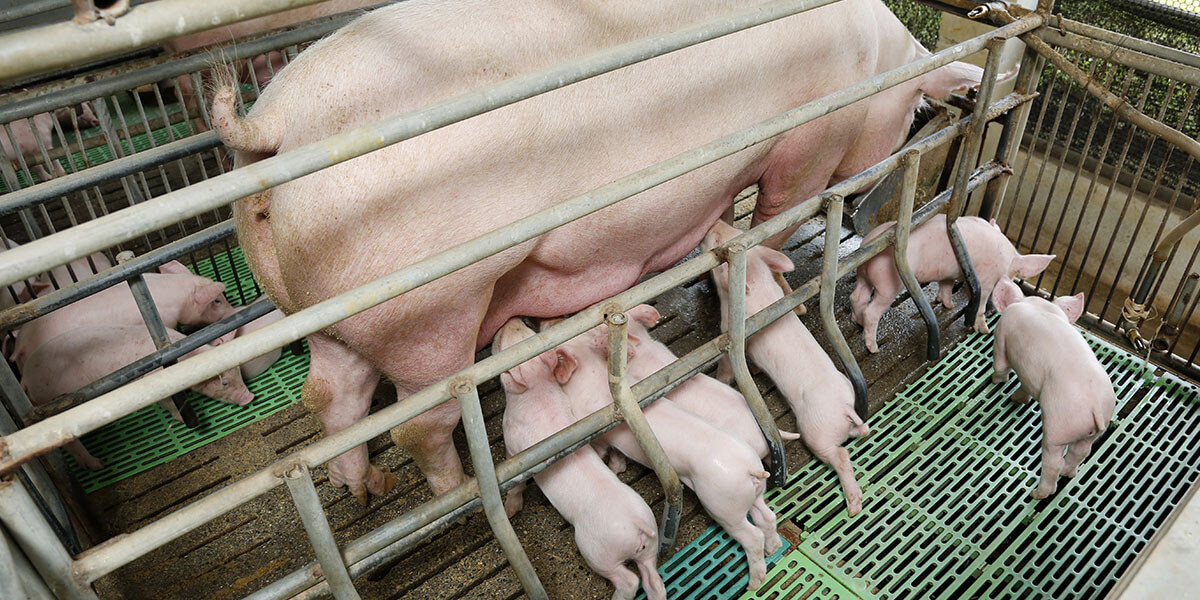Finding the right sow replacement balance is key for the production efficiency of a swine operation. Current sow replacement rates in Europe range from 35 to 55 percent, while replacement rates in the United States are around 45 percent. This means many swine production operations are experiencing hidden financial losses due to early sow replacement.
But it’s a delicate balance to ensure productivity and sow reproduction metrics are met, while managing costs.
Not replacing the right number of sows will result in too many older sows in the herd, and this can limit genetic improvement. On the other hand, replacing too many sows in the herd can create impaired immunity, lower productivity and an even higher replacement rate as gilts introduced to the herd may not be structurally sound to provide multiple parities.
These losses, when added up, can reduce income opportunities for a pork producer.
How Much Are High Replacement Rates Costing Your Operation?
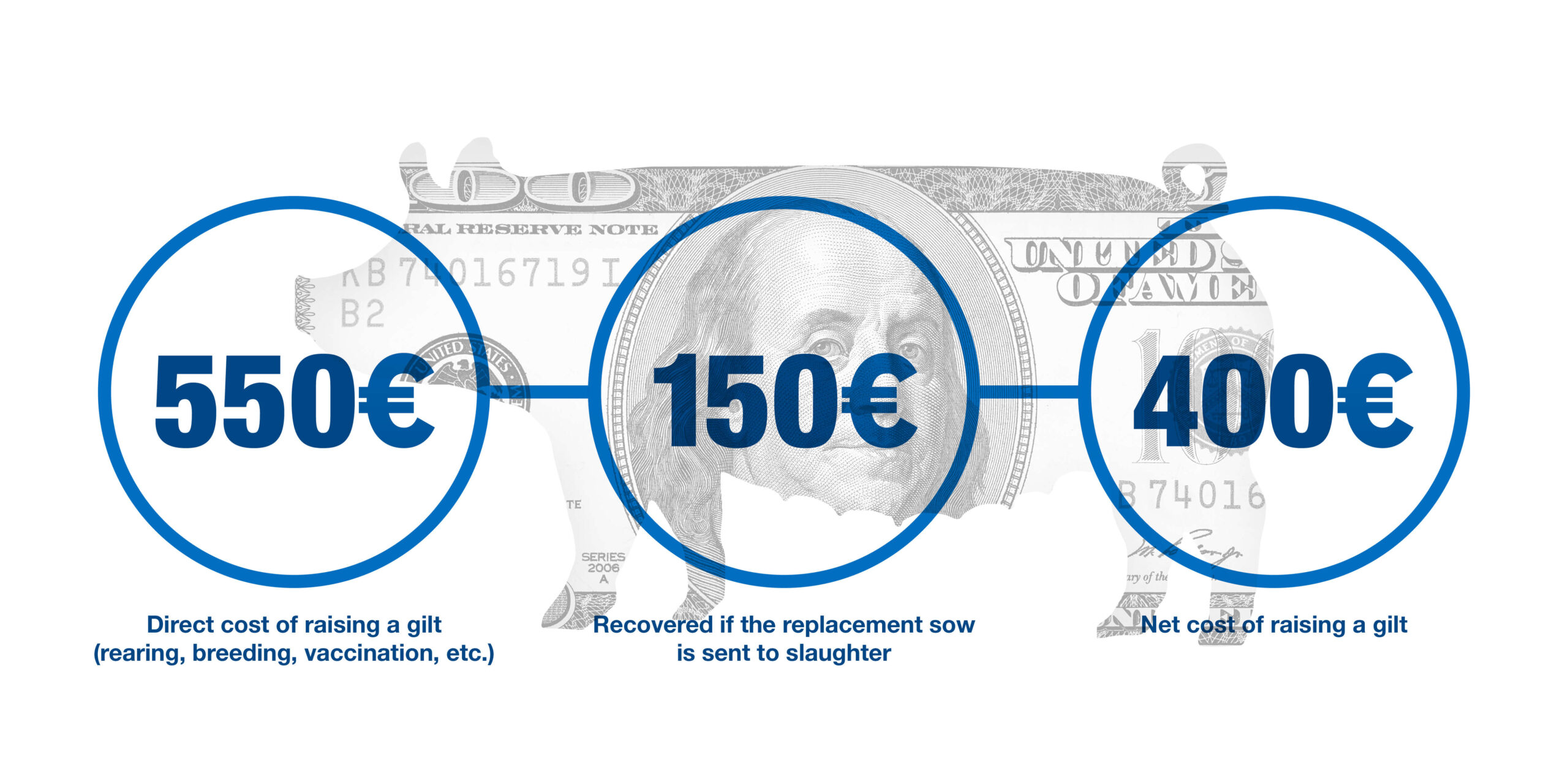
The direct cost of raising a gilt, including breeding, vaccination, rearing, etc. is 550€ ($627) USD. Of this cost, 150€ ($171 USD) can be recovered if and when that replacement sow is sent to slaughter, leaving us with a net cost of 400€ ($456 USD) for raising a replacement gilt.
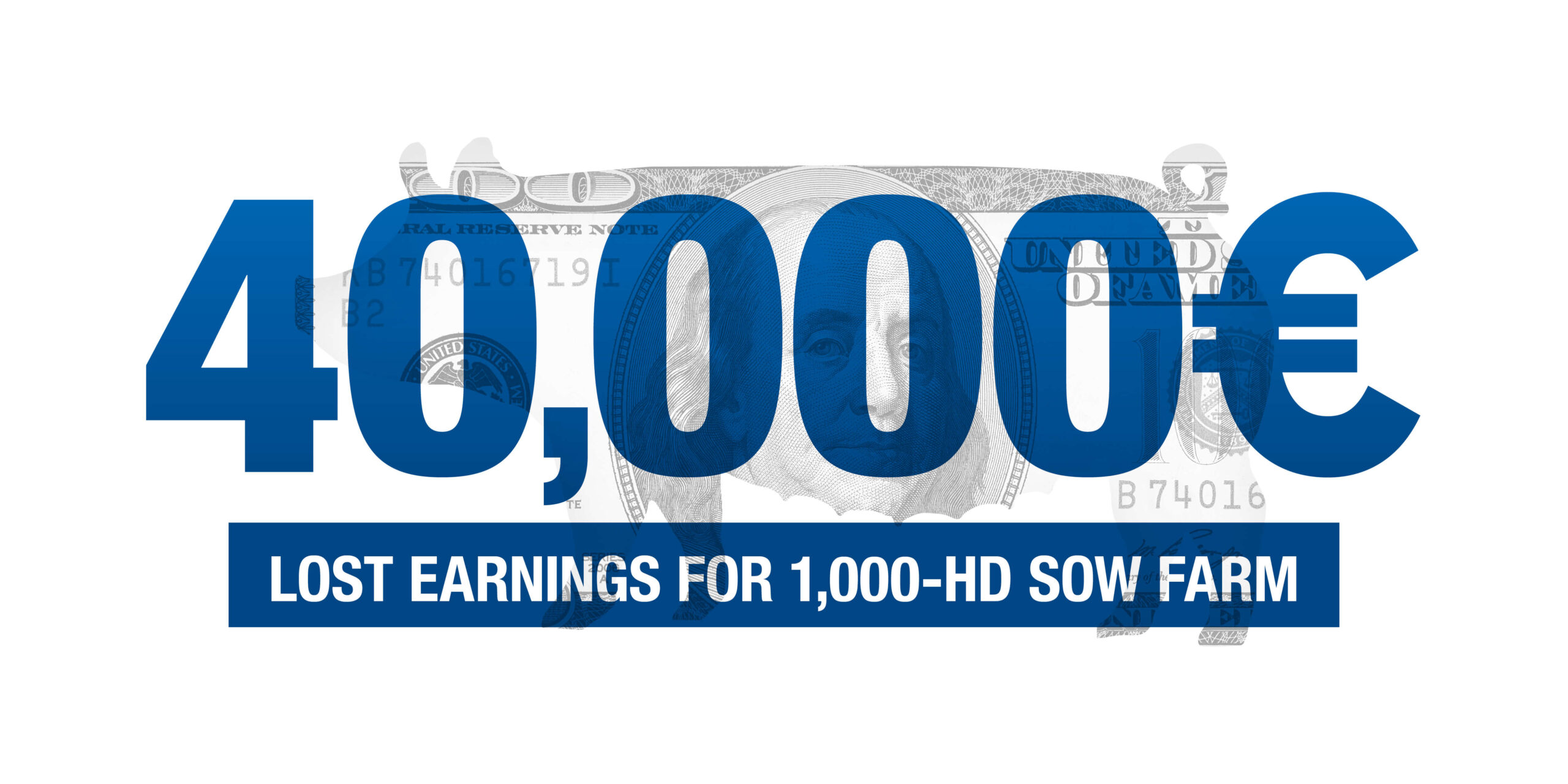
On a 1,000-head sow farm, this comes out to around 40,000€ ($45,000 USD) in lost earning opportunities due to replacing 10 percent more sows than necessary.
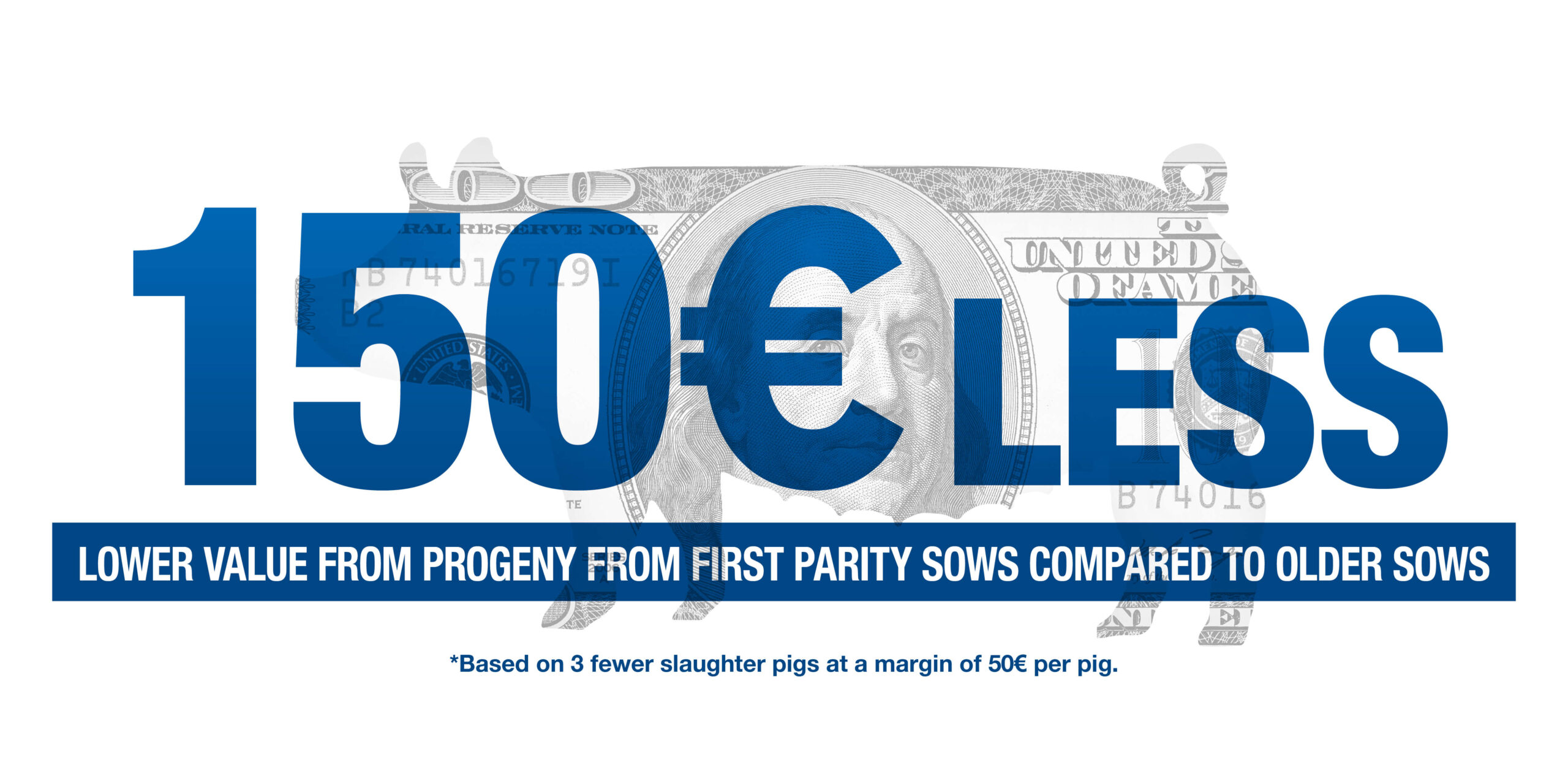
One study has shown that you can sell up to three additional slaughter pigs from an older sow than from a first-parity sow. With a gross margin of 50€ ($57 USD) per slaughter pig, the value of progeny from first-parity sows is up to 150€ ($171 USD) less than from an older sow.
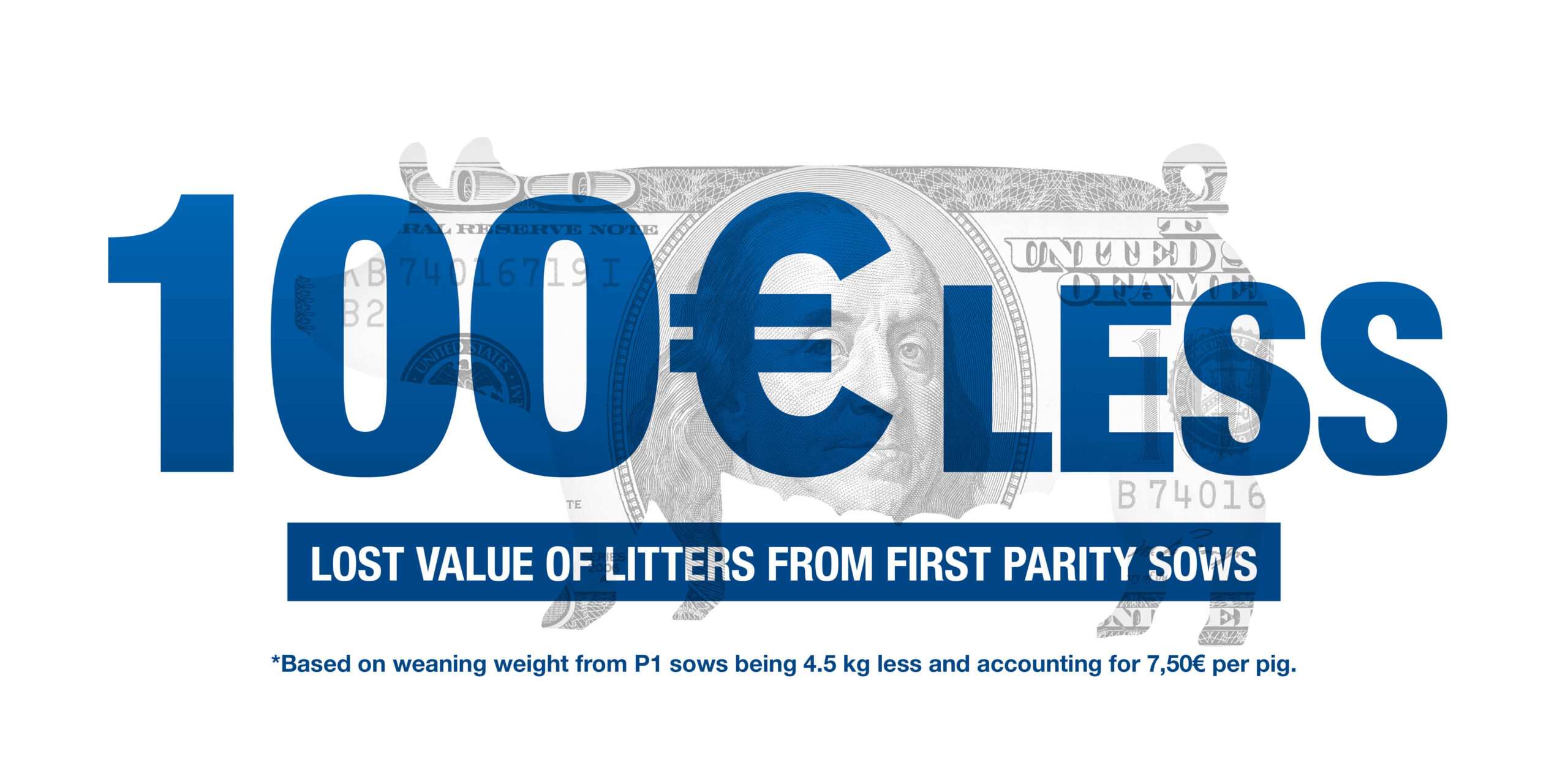
Progeny of first-parity sows also experience slower growth and can weigh 4.5 kg (9.9 pounds) less at slaughter, which can reduce their value by 7,50€ ($8.50 USD) per pig. This can add up to a reduced litter value of up to 100€ ($113 USD) for a first-parity sow weaning 12 to 14 piglets.
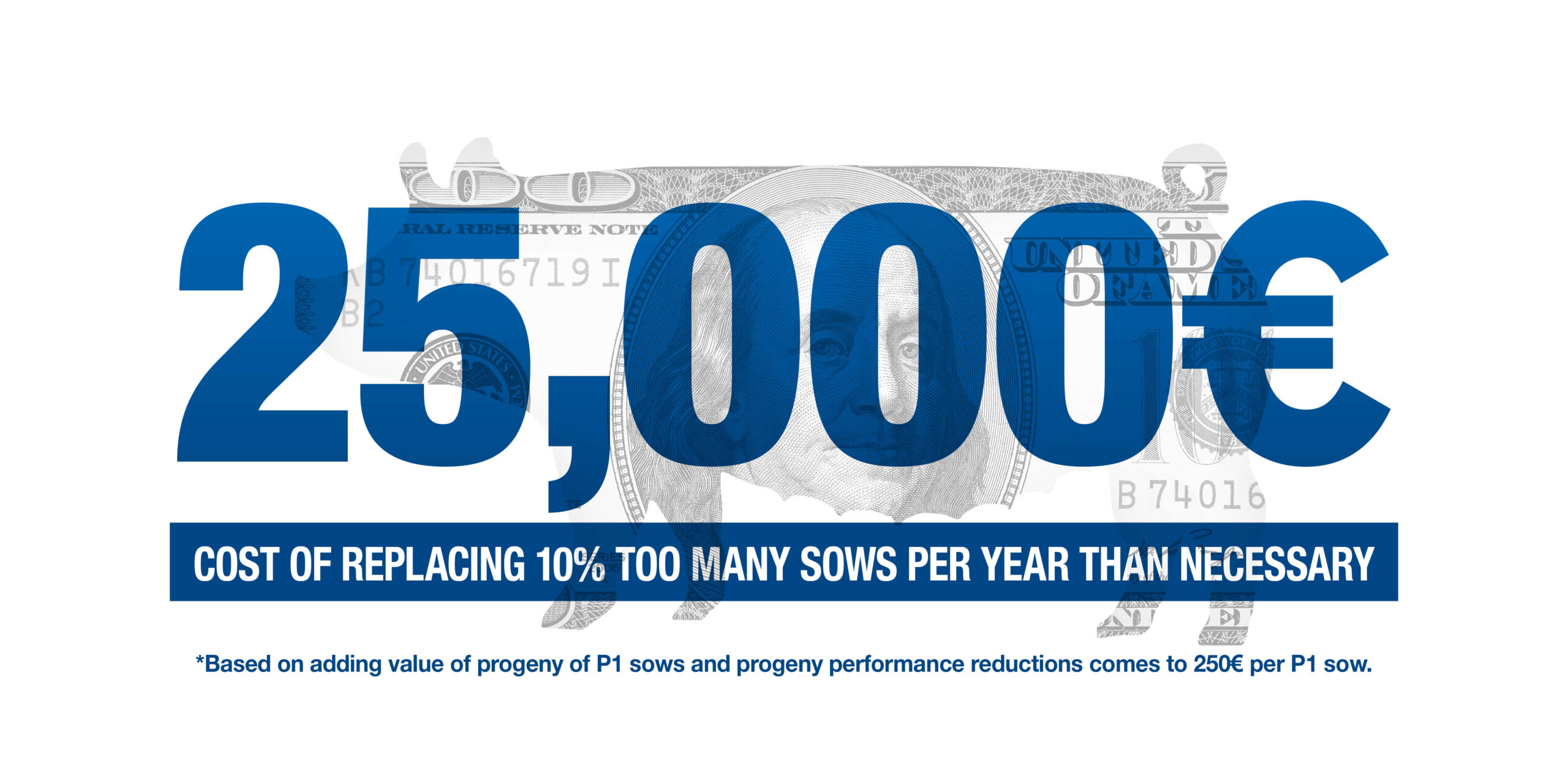
Adding the reduced value of 150€ ($171 USD) for the progeny of first-parity sows and the reduced value of up to 100€ ($113 USD) per first-parity sow due to lower progeny weight at slaughter reveals a cost of about 250€ ($285 USD) per first parity sow. On a 1,000-head sow farm, the cost of replacing 10 percent too many sows is around 25,000€ ($28,500 USD) per year.
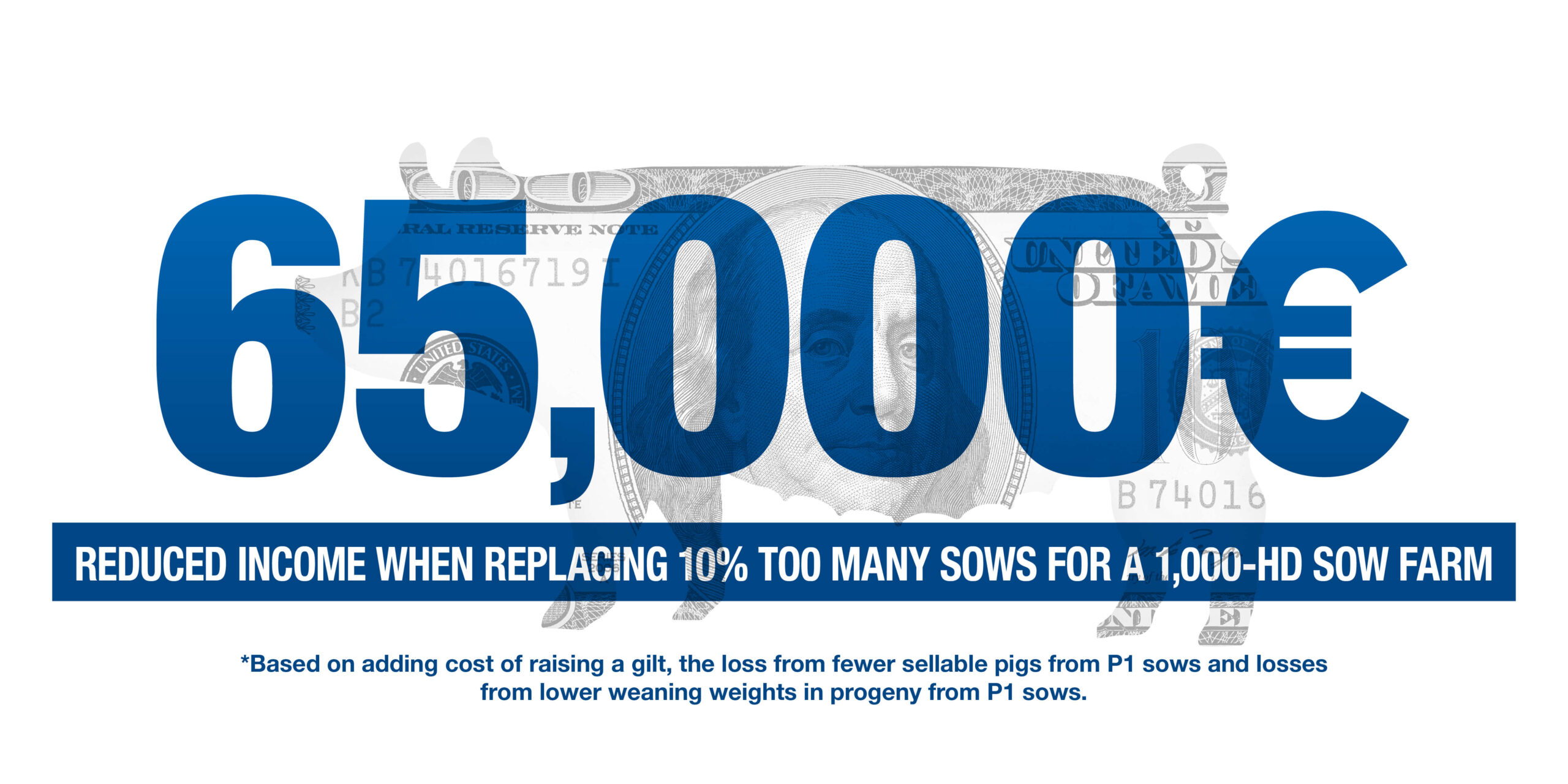
When adding the hidden losses from reduced production performance from first-parity sows and the cost of raising a replacement gilt, the total cost of replacing 10 percent too many sows on a 1,000-head sow farm is up to 65€ ($74) per sow, or a 65,000€ ($74,000 USD) reduction in income per year.
Most producers don’t realize these costs, because the impacts are hidden. Fortunately, producers can take a proactive approach to discover the extent of their hidden losses. That process starts by answering these questions:
- What is your replacement rate per year?
- What is the average parity number?
- What percent of gilts introduced will have a minimum of 3 parities?
- How many good culls and how many bad culls are made on your farm?
- What is the reason for your sow replacement?
Small changes can make a huge difference in overall income. A hidden loss of 65€ ($74 USD) per sow per year is a considerable amount of money and worth corrective steps to turn this hidden loss into profit.
Research has shown that feeding performance trace minerals, such as the zinc, manganese and copper found in Availa® Sow, to gilts and sows positively impacts sow reproduction performance and improves herd longevity, as well as better performance from the progeny.
Contact your Zinpro representative today to discuss how to increase income opportunities on your farm by improving sow replacement rates.

